When Rose McAdoo got back to New York after spending several months working as a sous chef in Antarctica, her friends had questions. Are there penguins? How do you get supplies? Are you, like, on an iceberg?
McAdoo set about answering their questions the best way she knows how: with cake.
"Cake is my canvas," she says. "It's my way of making big ideas literally digestible."
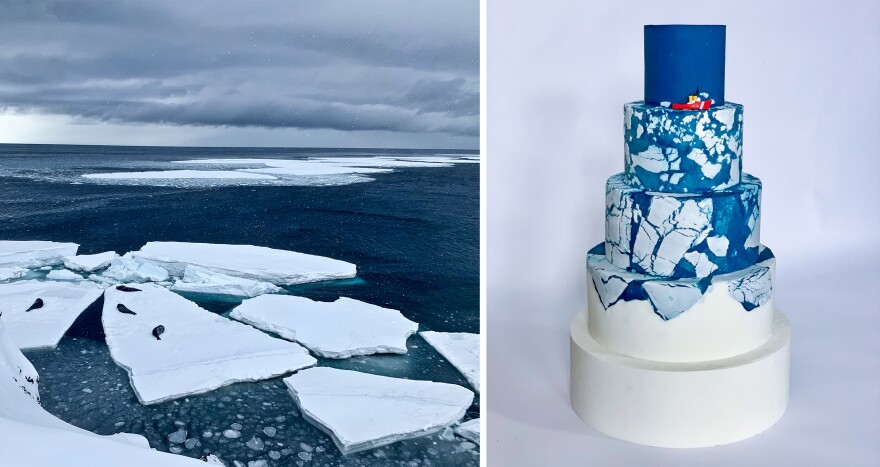
The result was a series of descriptive desserts McAdoo developed to tell the story of life and work at McMurdo Station, a U.S.-run research station in Antarctica. She says she chose projects that showcase the diversity of the research that's happening on the continent. She is now releasing photographs of the cakes, and the stories and science behind them, on her Instagram page.
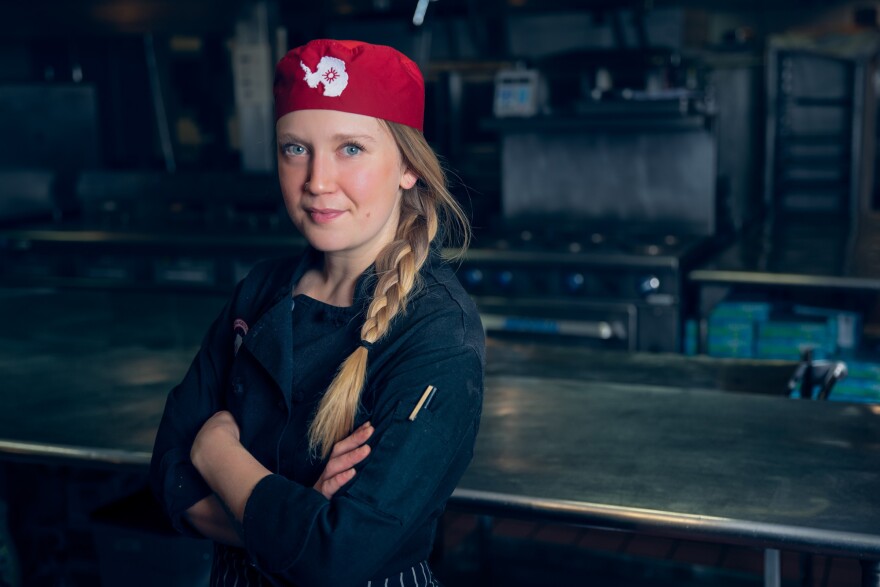
"There's people shooting laser beams into the upper atmosphere, people putting tracking devices on seals, people digging for fish bones in the desert," she says. "There's things out there that I didn't even know existed, that people have dedicated their lives to studying," she says.

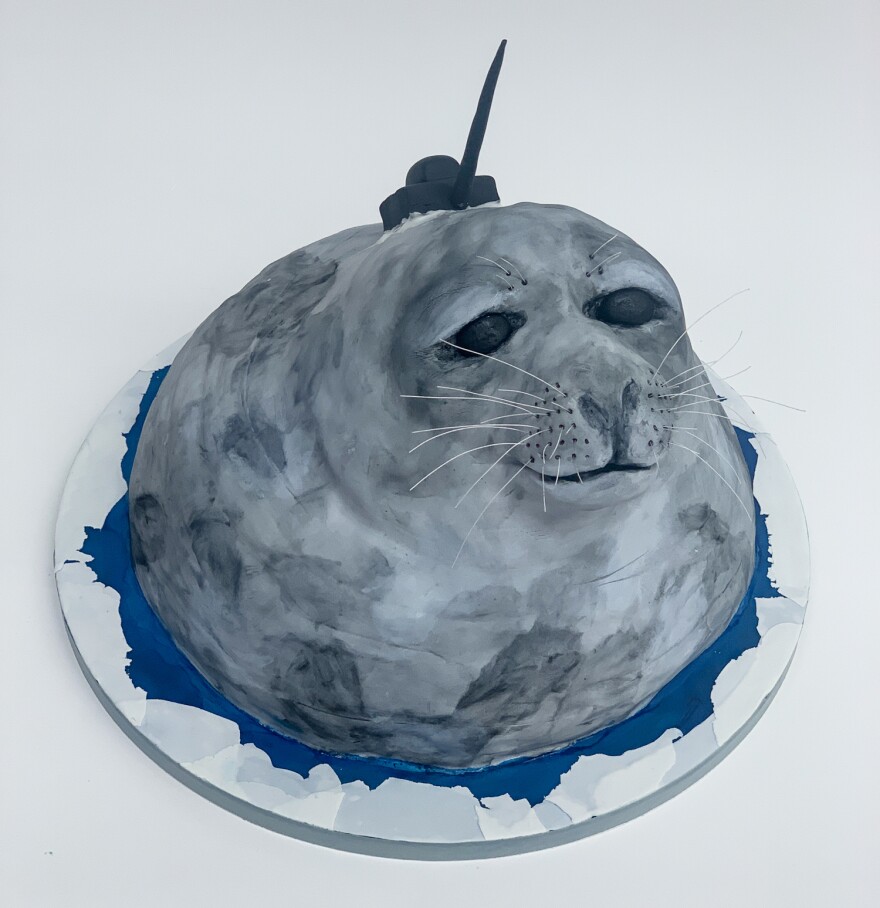
McAdoo — who returned to Antarctica for a second stint in the kitchen last week shortly after speaking with NPR for this article, this time at the long-duration balloon atmospheric research camp about 12 miles from McMurdo — says most of the science was new to her when she first arrived at the base. Unlike the scientists who live in Antarctica for weeks or months in order to collect data, "I just wanted to go live in the most insane place in the world," she says. But she grew to be friends with many of the researchers and became fascinated with the projects they were working on.
Now that she's been to the continent, she's been put in the role of explaining that research to people who haven't had the chance to witness it firsthand. Whereas a scientist might use a PowerPoint with graphs as her props, McAdoo reaches for flour, eggs, sugar and fondant.
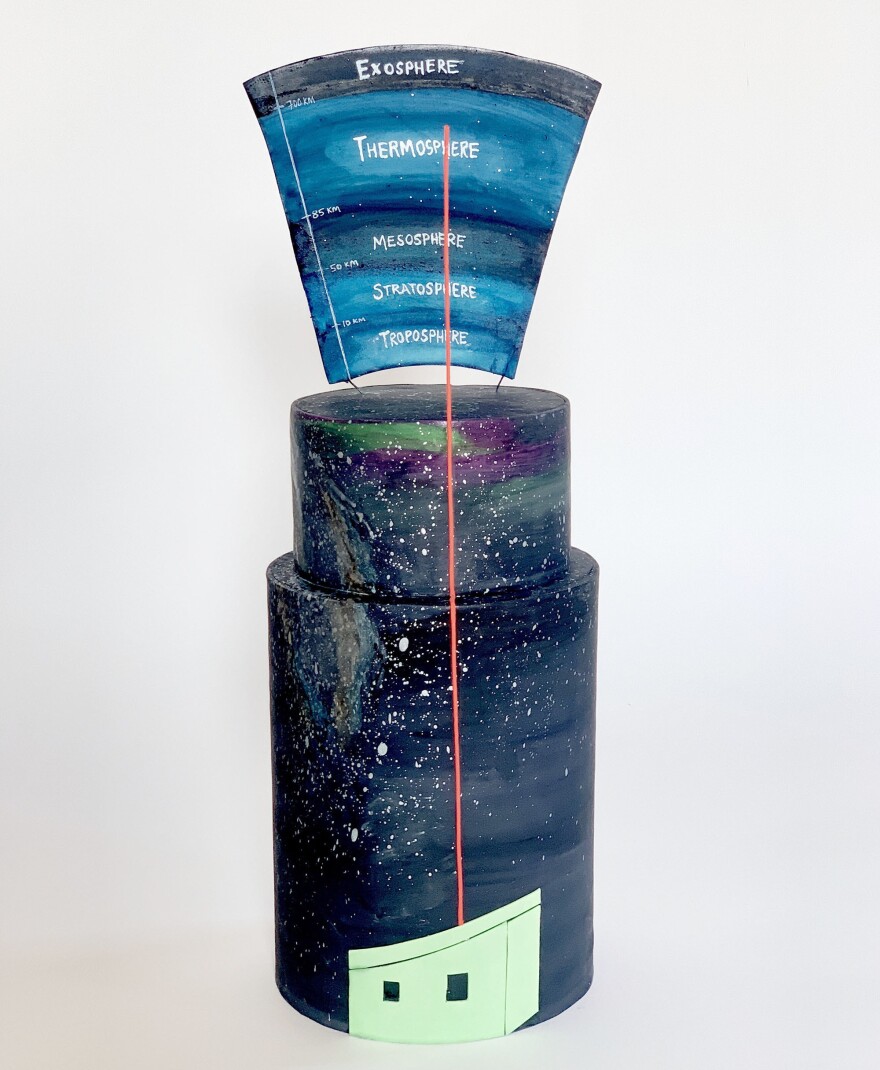
McAdoo says she knew by the time she was 8 that she wanted to be a cake decorator, a profession she learned about from TV shows. But at the same time, she says, "I was in the middle of all this chaos. I grew up in a pretty broken household. We had a lot of social workers around. Potential foster care, Child Protective Services." She says she felt a tension between pursuing a socially impactful career and the "fun, frivolous notion" of becoming a pastry chef.
The moment she realized she could fold those interests together occurred in 2015, while she was working as an apprentice at the Brooklyn Grange, a network of rooftop farms in New York City. Some of her fellow farmworkers were asylum-seekers, and "every conversation we had was about food," she says.
When the Grange announced a fundraiser to expand their refugee employment program, McAdoo offered to bake desserts. "I made desserts from a bunch of countries that were especially affected at that time," she recalls. "That was my first foray to recognizing that desserts can engage people in a very specific way."
Since then, she's put her unique style of bake-tivism to work in wide-ranging ways. She has held workshops for inmates at the Rikers Island correctional facility and the Los Angeles County state prison on storytelling through cake. More recently, while backpacking through Alaska with fellow pastry chef Rose Lawrence, McAdoo made desserts that incorporated plants that are growing in the footprints of retreating glaciers, including barley brioche doughnuts with foraged salmonberry jam and pineapple weed pastry cream, deep-fried with a portable butane camping stove.
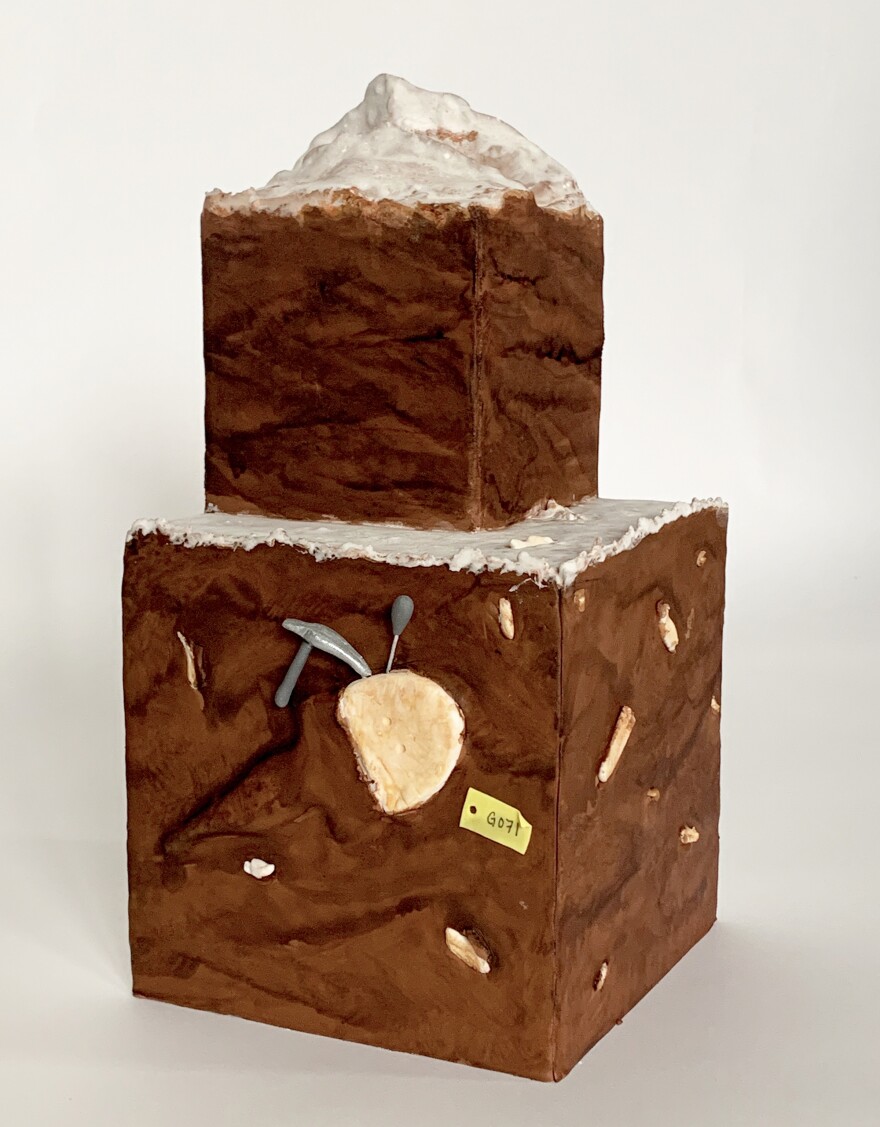
She says her next goal is to bake cakes for an immersive museum installation, where patrons are invited to observe and consume a series of cakes designed around the theme of environmental change.
McAdoo says she would have no conflict offering a slice of a global warming-inspired cake to a climate change denier. In fact, she'd welcome them to try it. Cake can act as a gateway information source, she says. "It gives people a different way to engage with the science than just reading the news," she says. "Even if I don't change someone's mind entirely, softening them to an idea is just as powerful and might be a huge leap for some people at this point."
McAdoo hopes her unusual tactics will inspire other people to be creative with their own areas of expertise. "People should be using whatever they're good at to talk about what they care about. And often that brings together two very opposing ideas — in this case, frivolous cake and fascinating polarizing science."
"I think that that's when people's ears perk up — when things don't necessarily fit together perfectly. That's when people are interested in and engaged," she says.
Note: McAdoo would like to acknowledge pastry chefs Chelsea Burgess, Sarah Schlesinger and Rose Lawrence for their contributions to several of the cakes.
Copyright 2021 NPR. To see more, visit https://www.npr.org.



